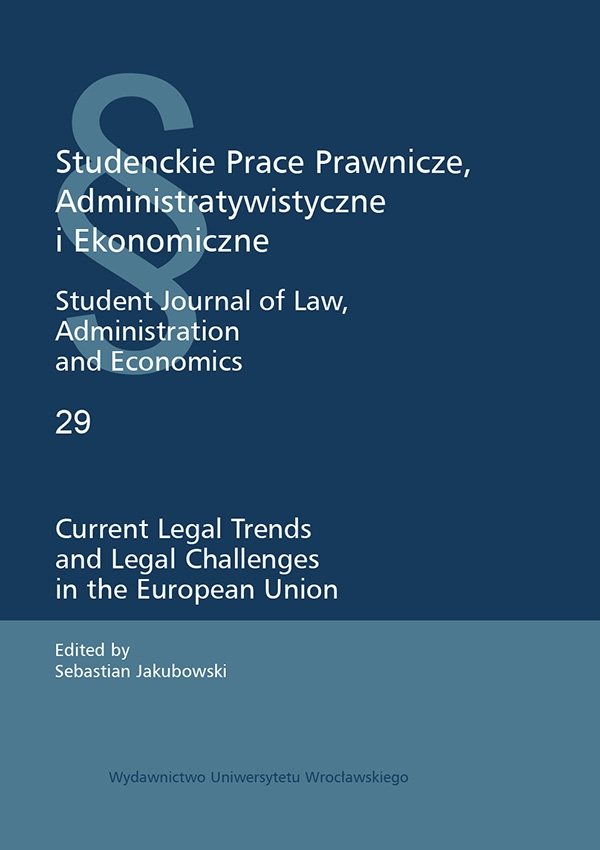

Scientific Articles

The Directive 2009/30/EC and the Polish Act on the fuel quality monitoring and control system imposes a duty on the entities fulfilling the National Reduction Target NRT to reduce the emission of greenhouse gases to 6%. The reduction target of at least 6% can not be spread over the entire fuel market. It applies to every entity implementing the NRT separately. Member States, as well as the fuel market, are not responsible for not achieving the reduction target. This responsibility is limited to individual business entities implementing the NRT and concerns the fulfillment of the reduction target and the providing of the report on the implementation of the reduction target. It is necessary to carry out technical and economic analyses, the subject of which should be to answer the question of whether the entities realising the NRT are able to predict the potential amount of the fine that may be imposed on them based on art. 35c section 3 of the Act.
Analiza prawna i formalna wybranych przepisów dyrektywy 2009/30/WE i ustawy z dnia 25 sierpnia 2006 roku o systemie monitorowania i kontroli jakości paliw
Dyrektywa 2009/30/WE oraz ustawa o systemie monitorowania i kontroli jakości paliw nakładają na podmioty spełniające Narodowy Cel Redukcyjny obowiązek obniżenia emisji gazów cieplarnianych do 6%. Cel redukcji wynoszący co najmniej 6% nie może być rozłożony na cały rynek paliw — dotyczy to każdego podmiotu wdrażającego NCR oddzielnie. Państwa członkowskie, jak też rynek paliw, nie ponoszą odpowiedzialności w wypadku nieosiągnięcia tegoż celu redukcyjnego. Odpowiedzialność ta jest ograniczona do poszczególnych podmiotów gospodarczych realizujących NCR i dotyczy realizacji celu redukcyjnego oraz dostarczenia sprawozdania z realizacji NCR. Konieczne jest przeprowadzenie analiz technicznych i ekonomicznych, których przedmiotem powinno być udzielenie odpowiedzi na pytanie, czy podmioty realizujące NRT są w stanie przewidzieć potencjalną kwotę grzywny, jaka może zostać na nie nałożona na podstawie art. 35c ust. 3 ustawy.